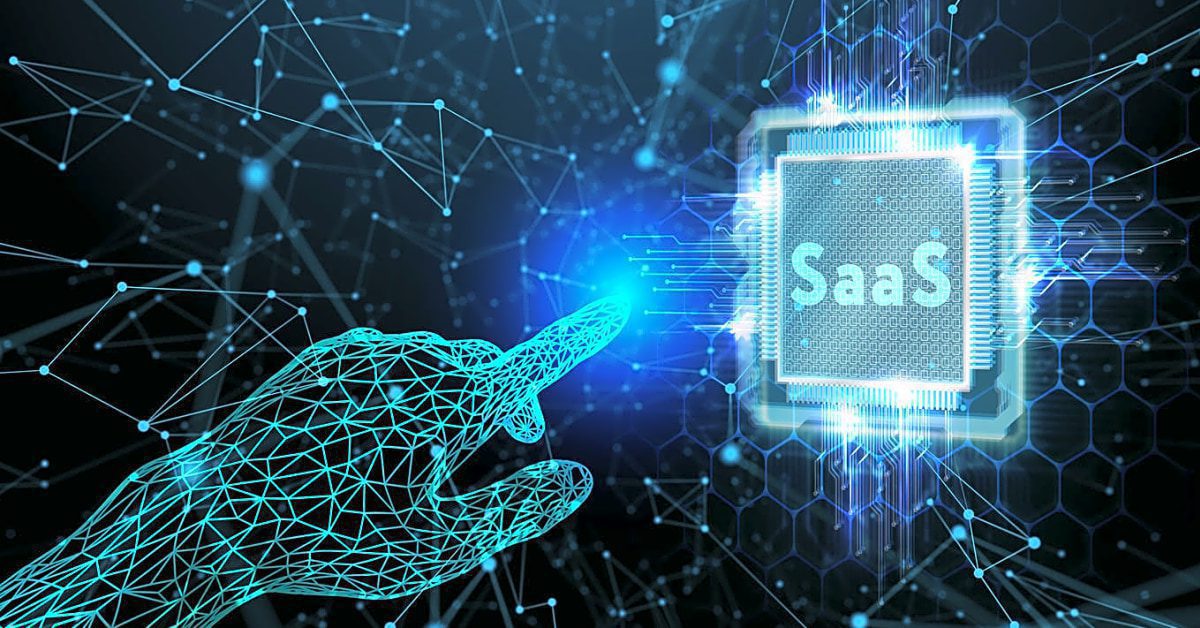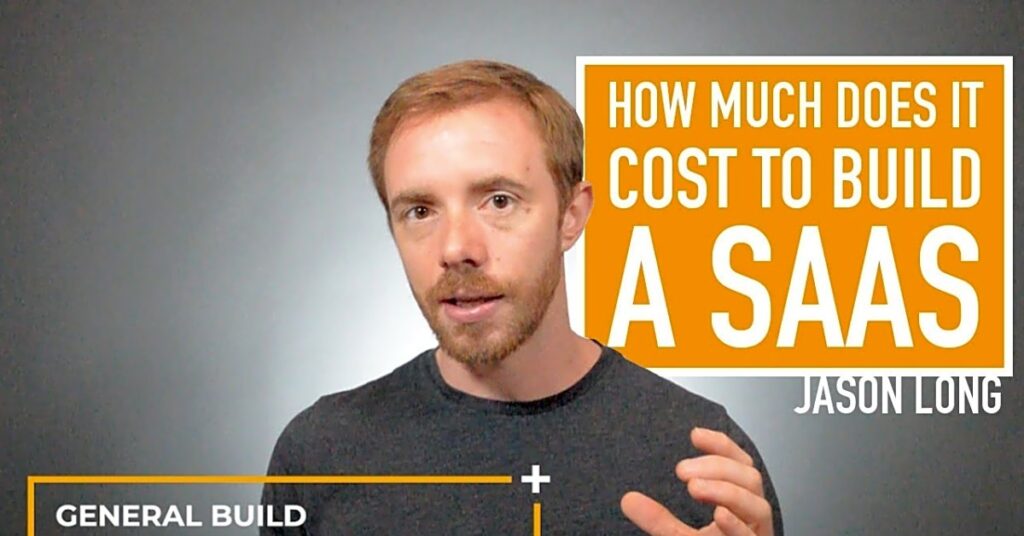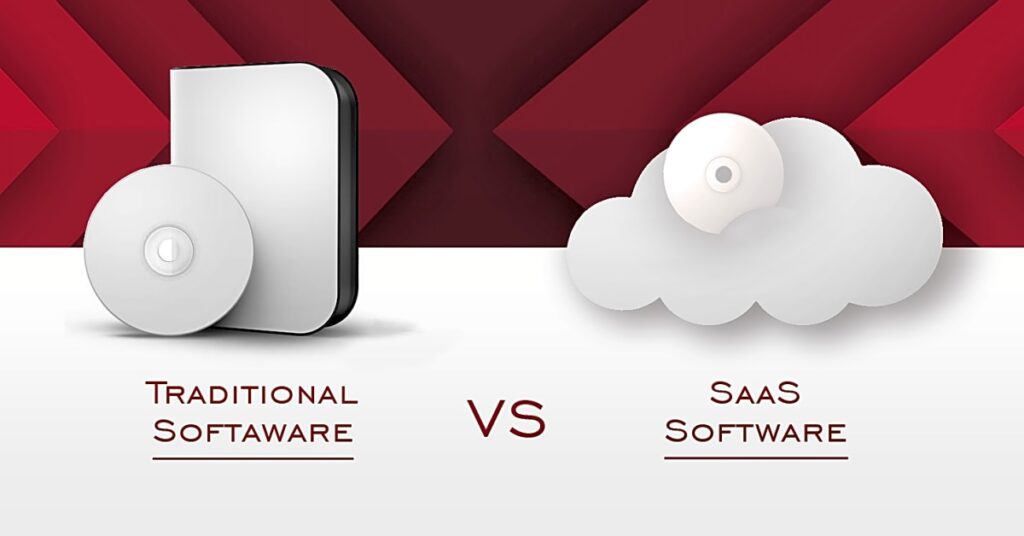aDIudGItaGVhZGluZ1tkYXRhLXRvb2xzZXQtYmxvY2tzLWhlYWRpbmc9IjVmZmQ0MWMyMmUwNDM0NGJiNjgzMDNhZWM4ZWRkMTRlIl0gIHsgdGV4dC1hbGlnbjogY2VudGVyOyB9ICBib2R5Lndvb2NvbW1lcmNlIFtkYXRhLXdvb2NvbW1lcmNlLXZpZXdzLXJlbGF0ZWQtcHJvZHVjdHM9ImVkNjc0N2RhODI3MWM5OTVlM2EyYmE4ZjBlZThlZDc0Il0ud29vdmlld3MtcmVsYXRlZCAgdWwud29vdmlld3MtcmVsYXRlZC1saXN0IC5vbnNhbGUgeyBjb2xvcjogcmdiYSggMjU1LCAyNTUsIDI1NSwgMSApO2JhY2tncm91bmQtY29sb3I6IHJnYmEoIDI1NSwgMTMxLCAxMDMsIDEgKTtwYWRkaW5nOiA4cHggMTJweCA4cHggMTJweDtmb250LXNpemU6IDEycHg7IH0gYm9keS53b29jb21tZXJjZSBbZGF0YS13b29jb21tZXJjZS12aWV3cy1yZWxhdGVkLXByb2R1Y3RzPSJlZDY3NDdkYTgyNzFjOTk1ZTNhMmJhOGYwZWU4ZWQ3NCJdLndvb3ZpZXdzLXJlbGF0ZWQgLmFtb3VudCB7IGNvbG9yOiByZ2JhKCAwLCAwLCAwLCAxICk7IH0gYm9keS53b29jb21tZXJjZSBbZGF0YS13b29jb21tZXJjZS12aWV3cy1yZWxhdGVkLXByb2R1Y3RzPSJlZDY3NDdkYTgyNzFjOTk1ZTNhMmJhOGYwZWU4ZWQ3NCJdLndvb3ZpZXdzLXJlbGF0ZWQgZGVsIHsgY29sb3I6IHJnYmEoIDE5MywgMTkzLCAxOTMsIDEgKTsgfSBib2R5Lndvb2NvbW1lcmNlIFtkYXRhLXdvb2NvbW1lcmNlLXZpZXdzLXJlbGF0ZWQtcHJvZHVjdHM9ImVkNjc0N2RhODI3MWM5OTVlM2EyYmE4ZjBlZThlZDc0Il0ud29vdmlld3MtcmVsYXRlZCBkZWwgLmFtb3VudCB7IGNvbG9yOiByZ2JhKCAxOTMsIDE5MywgMTkzLCAxICk7IH0gYm9keS53b29jb21tZXJjZSBbZGF0YS13b29jb21tZXJjZS12aWV3cy1yZWxhdGVkLXByb2R1Y3RzPSJlZDY3NDdkYTgyNzFjOTk1ZTNhMmJhOGYwZWU4ZWQ3NCJdLndvb3ZpZXdzLXJlbGF0ZWQgaW5zIHsgY29sb3I6IHJnYmEoIDAsIDAsIDAsIDEgKTsgfSBib2R5Lndvb2NvbW1lcmNlIFtkYXRhLXdvb2NvbW1lcmNlLXZpZXdzLXJlbGF0ZWQtcHJvZHVjdHM9ImVkNjc0N2RhODI3MWM5OTVlM2EyYmE4ZjBlZThlZDc0Il0ud29vdmlld3MtcmVsYXRlZCBpbnMgLmFtb3VudCB7IGNvbG9yOiByZ2JhKCAwLCAwLCAwLCAxICk7IH0gYm9keS53b29jb21tZXJjZSBbZGF0YS13b29jb21tZXJjZS12aWV3cy1yZWxhdGVkLXByb2R1Y3RzPSJlZDY3NDdkYTgyNzFjOTk1ZTNhMmJhOGYwZWU4ZWQ3NCJdLndvb3ZpZXdzLXJlbGF0ZWQgLnN0YXItcmF0aW5nIHNwYW46OmJlZm9yZSB7IGNvbG9yOiByZ2JhKCAyMjgsIDIwNCwgNDEsIDEgKTsgfSBib2R5Lndvb2NvbW1lcmNlIFtkYXRhLXdvb2NvbW1lcmNlLXZpZXdzLXJlbGF0ZWQtcHJvZHVjdHM9ImVkNjc0N2RhODI3MWM5OTVlM2EyYmE4ZjBlZThlZDc0Il0ud29vdmlld3MtcmVsYXRlZCAuc3Rhci1yYXRpbmc6OmJlZm9yZSB7IGNvbG9yOiByZ2JhKCAxOTMsIDE5MywgMTkzLCAxICk7IH0gYm9keS53b29jb21tZXJjZSBbZGF0YS13b29jb21tZXJjZS12aWV3cy1yZWxhdGVkLXByb2R1Y3RzPSJlZDY3NDdkYTgyNzFjOTk1ZTNhMmJhOGYwZWU4ZWQ3NCJdLndvb3ZpZXdzLXJlbGF0ZWQgbGkgLmJ1dHRvbiB7IGNvbG9yOiByZ2JhKCAyNDEsIDI0MSwgMjQxLCAxICk7YmFja2dyb3VuZC1jb2xvcjogcmdiYSggNjgsIDY4LCA2OCwgMSApO3BhZGRpbmc6IDE1cHggMjBweCAxNXB4IDIwcHg7Zm9udC1zaXplOiAxNXB4OyB9IC50Yi1pbWFnZXtwb3NpdGlvbjpyZWxhdGl2ZTt0cmFuc2l0aW9uOnRyYW5zZm9ybSAwLjI1cyBlYXNlfS53cC1ibG9jay1pbWFnZSAudGItaW1hZ2UuYWxpZ25jZW50ZXJ7bWFyZ2luLWxlZnQ6YXV0bzttYXJnaW4tcmlnaHQ6YXV0b30udGItaW1hZ2UgaW1ne21heC13aWR0aDoxMDAlO2hlaWdodDphdXRvO3dpZHRoOmF1dG87dHJhbnNpdGlvbjp0cmFuc2Zvcm0gMC4yNXMgZWFzZX0udGItaW1hZ2UgLnRiLWltYWdlLWNhcHRpb24tZml0LXRvLWltYWdle2Rpc3BsYXk6dGFibGV9LnRiLWltYWdlIC50Yi1pbWFnZS1jYXB0aW9uLWZpdC10by1pbWFnZSAudGItaW1hZ2UtY2FwdGlvbntkaXNwbGF5OnRhYmxlLWNhcHRpb247Y2FwdGlvbi1zaWRlOmJvdHRvbX0gLndwLWJsb2NrLWltYWdlLnRiLWltYWdlW2RhdGEtdG9vbHNldC1ibG9ja3MtaW1hZ2U9IjQ2NTM5YmUyM2ZiNjIyNGZkNGY3NDUzYzI2MTAyMGUwIl0geyBtYXgtd2lkdGg6IDEwMCU7IH0gaDEudGItaGVhZGluZ1tkYXRhLXRvb2xzZXQtYmxvY2tzLWhlYWRpbmc9IjRkM2ViODgxYzM4ZDU2OWFiMjUzN2VhZjQ0NGUxZDY2Il0gIHsgdGV4dC1zaGFkb3c6IDNweCAzcHggM3B4IHJnYmEoIDAsIDAsIDAsIDAuNSApO3RleHQtdHJhbnNmb3JtOiBjYXBpdGFsaXplO3RleHQtYWxpZ246IGNlbnRlcjtiYWNrZ3JvdW5kLWNvbG9yOiByZ2JhKCAyNDYsIDI0NywgMjUxLCAxICk7Ym9yZGVyLXJhZGl1czogMjVweDtib3JkZXI6IDNweCBkYXNoZWQgcmdiYSggNTQsIDcxLCAyMDcsIDEgKTsgfSAgQG1lZGlhIG9ubHkgc2NyZWVuIGFuZCAobWF4LXdpZHRoOiA3ODFweCkgeyAgLnRiLWltYWdle3Bvc2l0aW9uOnJlbGF0aXZlO3RyYW5zaXRpb246dHJhbnNmb3JtIDAuMjVzIGVhc2V9LndwLWJsb2NrLWltYWdlIC50Yi1pbWFnZS5hbGlnbmNlbnRlcnttYXJnaW4tbGVmdDphdXRvO21hcmdpbi1yaWdodDphdXRvfS50Yi1pbWFnZSBpbWd7bWF4LXdpZHRoOjEwMCU7aGVpZ2h0OmF1dG87d2lkdGg6YXV0bzt0cmFuc2l0aW9uOnRyYW5zZm9ybSAwLjI1cyBlYXNlfS50Yi1pbWFnZSAudGItaW1hZ2UtY2FwdGlvbi1maXQtdG8taW1hZ2V7ZGlzcGxheTp0YWJsZX0udGItaW1hZ2UgLnRiLWltYWdlLWNhcHRpb24tZml0LXRvLWltYWdlIC50Yi1pbWFnZS1jYXB0aW9ue2Rpc3BsYXk6dGFibGUtY2FwdGlvbjtjYXB0aW9uLXNpZGU6Ym90dG9tfSAgfSBAbWVkaWEgb25seSBzY3JlZW4gYW5kIChtYXgtd2lkdGg6IDU5OXB4KSB7ICAudGItaW1hZ2V7cG9zaXRpb246cmVsYXRpdmU7dHJhbnNpdGlvbjp0cmFuc2Zvcm0gMC4yNXMgZWFzZX0ud3AtYmxvY2staW1hZ2UgLnRiLWltYWdlLmFsaWduY2VudGVye21hcmdpbi1sZWZ0OmF1dG87bWFyZ2luLXJpZ2h0OmF1dG99LnRiLWltYWdlIGltZ3ttYXgtd2lkdGg6MTAwJTtoZWlnaHQ6YXV0bzt3aWR0aDphdXRvO3RyYW5zaXRpb246dHJhbnNmb3JtIDAuMjVzIGVhc2V9LnRiLWltYWdlIC50Yi1pbWFnZS1jYXB0aW9uLWZpdC10by1pbWFnZXtkaXNwbGF5OnRhYmxlfS50Yi1pbWFnZSAudGItaW1hZ2UtY2FwdGlvbi1maXQtdG8taW1hZ2UgLnRiLWltYWdlLWNhcHRpb257ZGlzcGxheTp0YWJsZS1jYXB0aW9uO2NhcHRpb24tc2lkZTpib3R0b219ICB9IA==
LnRiLWltYWdle3Bvc2l0aW9uOnJlbGF0aXZlO3RyYW5zaXRpb246dHJhbnNmb3JtIDAuMjVzIGVhc2V9LndwLWJsb2NrLWltYWdlIC50Yi1pbWFnZS5hbGlnbmNlbnRlcnttYXJnaW4tbGVmdDphdXRvO21hcmdpbi1yaWdodDphdXRvfS50Yi1pbWFnZSBpbWd7bWF4LXdpZHRoOjEwMCU7aGVpZ2h0OmF1dG87d2lkdGg6YXV0bzt0cmFuc2l0aW9uOnRyYW5zZm9ybSAwLjI1cyBlYXNlfS50Yi1pbWFnZSAudGItaW1hZ2UtY2FwdGlvbi1maXQtdG8taW1hZ2V7ZGlzcGxheTp0YWJsZX0udGItaW1hZ2UgLnRiLWltYWdlLWNhcHRpb24tZml0LXRvLWltYWdlIC50Yi1pbWFnZS1jYXB0aW9ue2Rpc3BsYXk6dGFibGUtY2FwdGlvbjtjYXB0aW9uLXNpZGU6Ym90dG9tfSAud3AtYmxvY2staW1hZ2UudGItaW1hZ2VbZGF0YS10b29sc2V0LWJsb2Nrcy1pbWFnZT0iNDY1MzliZTIzZmI2MjI0ZmQ0Zjc0NTNjMjYxMDIwZTAiXSB7IG1heC13aWR0aDogMTAwJTsgfSBoMS50Yi1oZWFkaW5nW2RhdGEtdG9vbHNldC1ibG9ja3MtaGVhZGluZz0iNGQzZWI4ODFjMzhkNTY5YWIyNTM3ZWFmNDQ0ZTFkNjYiXSAgeyB0ZXh0LXNoYWRvdzogM3B4IDNweCAzcHggcmdiYSggMCwgMCwgMCwgMC41ICk7dGV4dC10cmFuc2Zvcm06IGNhcGl0YWxpemU7dGV4dC1hbGlnbjogY2VudGVyO2JhY2tncm91bmQtY29sb3I6IHJnYmEoIDI0NiwgMjQ3LCAyNTEsIDEgKTtib3JkZXItcmFkaXVzOiAyNXB4O2JvcmRlcjogM3B4IGRhc2hlZCByZ2JhKCA1NCwgNzEsIDIwNywgMSApOyB9ICBAbWVkaWEgb25seSBzY3JlZW4gYW5kIChtYXgtd2lkdGg6IDc4MXB4KSB7IC50Yi1pbWFnZXtwb3NpdGlvbjpyZWxhdGl2ZTt0cmFuc2l0aW9uOnRyYW5zZm9ybSAwLjI1cyBlYXNlfS53cC1ibG9jay1pbWFnZSAudGItaW1hZ2UuYWxpZ25jZW50ZXJ7bWFyZ2luLWxlZnQ6YXV0bzttYXJnaW4tcmlnaHQ6YXV0b30udGItaW1hZ2UgaW1ne21heC13aWR0aDoxMDAlO2hlaWdodDphdXRvO3dpZHRoOmF1dG87dHJhbnNpdGlvbjp0cmFuc2Zvcm0gMC4yNXMgZWFzZX0udGItaW1hZ2UgLnRiLWltYWdlLWNhcHRpb24tZml0LXRvLWltYWdle2Rpc3BsYXk6dGFibGV9LnRiLWltYWdlIC50Yi1pbWFnZS1jYXB0aW9uLWZpdC10by1pbWFnZSAudGItaW1hZ2UtY2FwdGlvbntkaXNwbGF5OnRhYmxlLWNhcHRpb247Y2FwdGlvbi1zaWRlOmJvdHRvbX0gIH0gQG1lZGlhIG9ubHkgc2NyZWVuIGFuZCAobWF4LXdpZHRoOiA1OTlweCkgeyAudGItaW1hZ2V7cG9zaXRpb246cmVsYXRpdmU7dHJhbnNpdGlvbjp0cmFuc2Zvcm0gMC4yNXMgZWFzZX0ud3AtYmxvY2staW1hZ2UgLnRiLWltYWdlLmFsaWduY2VudGVye21hcmdpbi1sZWZ0OmF1dG87bWFyZ2luLXJpZ2h0OmF1dG99LnRiLWltYWdlIGltZ3ttYXgtd2lkdGg6MTAwJTtoZWlnaHQ6YXV0bzt3aWR0aDphdXRvO3RyYW5zaXRpb246dHJhbnNmb3JtIDAuMjVzIGVhc2V9LnRiLWltYWdlIC50Yi1pbWFnZS1jYXB0aW9uLWZpdC10by1pbWFnZXtkaXNwbGF5OnRhYmxlfS50Yi1pbWFnZSAudGItaW1hZ2UtY2FwdGlvbi1maXQtdG8taW1hZ2UgLnRiLWltYWdlLWNhcHRpb257ZGlzcGxheTp0YWJsZS1jYXB0aW9uO2NhcHRpb24tc2lkZTpib3R0b219ICB9IA==
Software as a Service is a software licensing and deployment model in which software is licensed on a subscription basis and centrally hosted. Wikipedia Software as a Service (or SaaS) is a way to deliver applications as a service over the Internet. Instead of installing and maintaining software, you simply access it over the Internet and free yourself from complex software and hardware management.
SaaS is a software delivery method that allows data to be accessed from any device with an Internet connection and a web browser.
In this web-based model, software providers host and maintain the servers, databases, and code that make up an application. Software as a Service (SaaS) allows users to connect to and use cloud-based apps over the Internet. Common examples include email, calendar, and office tools such as Microsoft Office 36.
Companies using SaaS software typically have access to reporting and messaging tools and visualizations that provide valuable insights into business operations and need to streamline workflows and reduce efficiency be implemented. In the software-on-demand SaaS model, the vendor provides customers network-based access to a single copy of an application that the vendor created specifically for SaaS distribution.
For one thing, it means you don’t have to worry about whether your operating system or other software is compatible with SaaS applications. SaaS is a distinct difference from the old model of one-time purchase of software, which must be self-hosted, implemented and maintained by buyers.
SaaS models also offer lower upfront costs than traditional software downloads and installations, making them more available to a wider range of organizations, making it easier for smaller companies to disrupt existing markets while empowering suppliers. And that is exactly the purpose of CoLicense as we are bringing access to great SaaS Software starting as low as $1 per month.
The SaaS model therefore avoids the pitfalls of testing that slows down the development cycle and access to new features for users, while ensuring that security updates are applied as quickly as possible, as opposed to on-premises software that leaves IT service management personnel vulnerable to attacks.
Before SaaS was available, companies that wanted to update the software on their computers had to buy CDs with the updates or download them to their systems. SaaS marketing uses standard marketing practices to drive and acquire leads for cloud-based software applications and information services. Organizations can integrate SaaS applications with other software using application programming interfaces (APIs). You can for instance integrate with thousands of Apps thanks to tools like Ants and Apps, or Zapier.
SaaS also has some potential risks and challenges as organizations must rely on external vendors to deliver the software, keep this software running, track and report accurate billing, and create a secure environment for enterprise data. The SaaS deployment model is enabled by a multi-tenant architecture that allows a service provider to distribute multiple versions of the same software from a single physical server. As a result, companies that use SaaS applications are not charged with setting up and maintaining the software. You don’t need to buy, install, update, or maintain hardware, middleware, or software to deliver SaaS apps to users.
While all cloud programs are run by an underlying software, SaaS specifically refers to enterprise software applications delivered through the cloud.
References:



